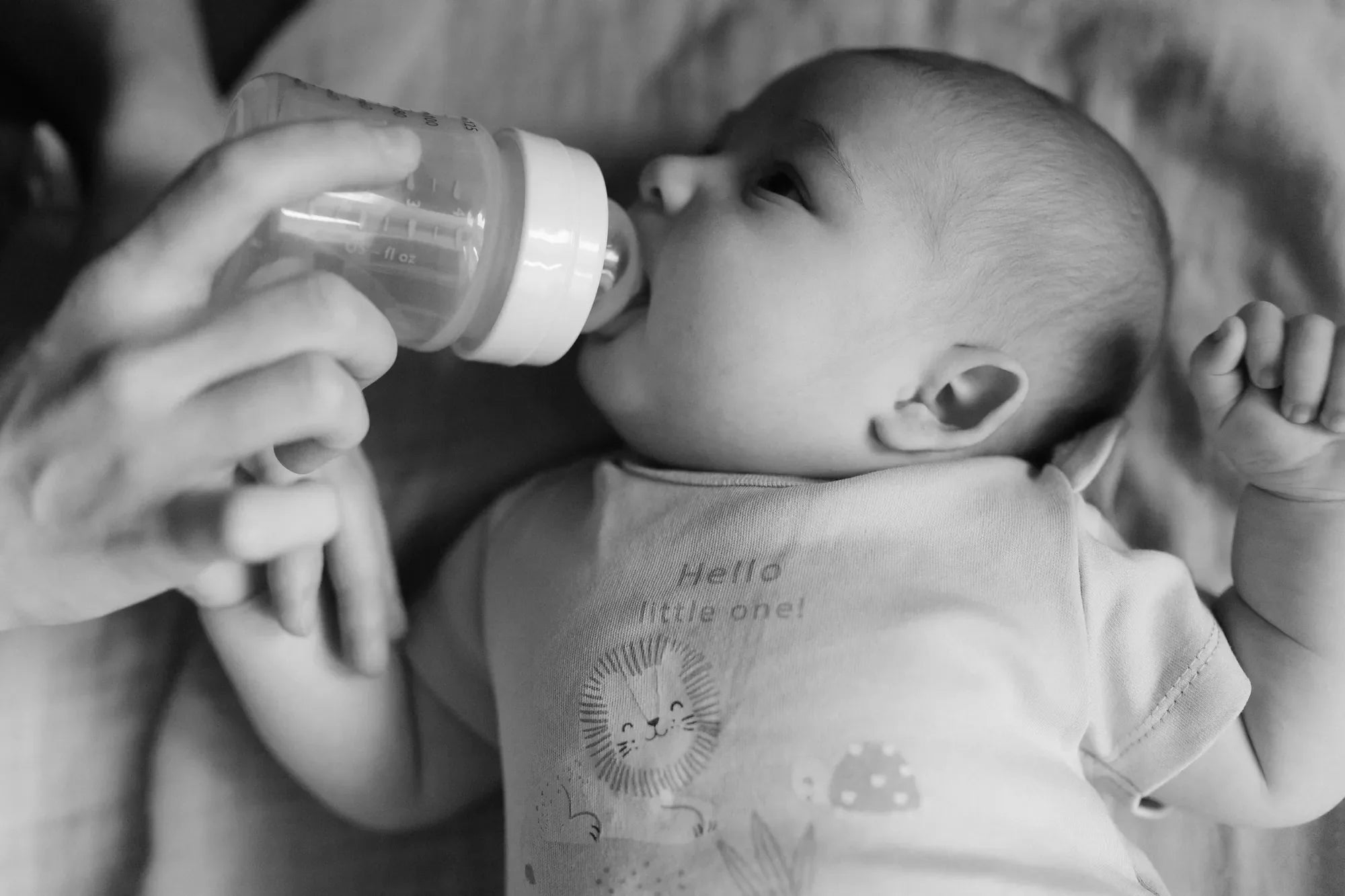Home
Pregnancy, Breastfeeding, and Pumping: The Ultimate Guide for Moms
How Do You Get Condensation Out of Breast Pump Tubing: A Comprehensive Guide

How Do You Get Condensation Out of Breast Pump Tubing: A Comprehensive Guide
Breast pump tubing is an essential component of any breast pumping setup, but it can often accumulate condensation, which can be both frustrating and unhygienic. If you've ever wondered, 'How do you get condensation out of breast pump tubing?' you're not alone. This article will guide you through practical steps to remove condensation and prevent it from recurring, ensuring your breast pump remains in top condition.
Understanding Condensation in Breast Pump Tubing
Condensation occurs when warm, moist air from your body meets the cooler environment inside the tubing. This natural process can lead to water droplets forming inside the tubing, which can affect the efficiency of your breast pump and potentially introduce bacteria if not addressed properly.
Step-by-Step Guide to Remove Condensation
Here are some effective methods to remove condensation from your breast pump tubing:
1. Disconnect and Shake the Tubing
Start by disconnecting the tubing from the breast pump and any other attachments. Hold one end of the tubing and gently shake it to allow the condensation to move toward the open end. You can then let the water droplets fall out naturally.
2. Use a Clean Cloth or Paper Towel
Insert a clean, dry cloth or paper towel into one end of the tubing. Carefully push it through to absorb the moisture. Be gentle to avoid damaging the tubing.
3. Hang the Tubing to Dry
After removing most of the condensation, hang the tubing in a well-ventilated area to air dry completely. Ensure both ends are open to allow air to circulate freely.
4. Use a Tube Cleaning Brush
If condensation persists, consider using a tube cleaning brush designed for this purpose. Insert the brush into the tubing and move it back and forth to remove any remaining moisture.
Preventing Condensation in Breast Pump Tubing
Prevention is always better than cure. Here are some tips to minimize condensation in your breast pump tubing:
1. Adjust the Pump Settings
Using a lower suction setting can reduce the amount of warm air entering the tubing, thereby minimizing condensation.
2. Keep the Tubing Elevated
Ensure the tubing is positioned higher than the breast pump to prevent milk or moisture from flowing back into the tubing.
3. Use a Hygienic Cover
Consider using a hygienic cover or shield to protect the tubing from direct exposure to warm air.
4. Regularly Clean and Dry the Tubing
Make it a habit to clean and dry the tubing after each use. This not only prevents condensation but also maintains hygiene.
Common Mistakes to Avoid
While dealing with condensation, avoid these common mistakes:
1. Using Excessive Force
Be gentle when shaking or cleaning the tubing to avoid damaging it.
2. Ignoring Regular Maintenance
Neglecting to clean and dry the tubing regularly can lead to persistent condensation and potential hygiene issues.
3. Storing the Tubing Improperly
Always store the tubing in a dry, well-ventilated area to prevent moisture buildup.
When to Replace Breast Pump Tubing
If condensation continues to be a problem despite your best efforts, it may be time to replace the tubing. Look for signs of wear and tear, such as cracks or discoloration, and replace the tubing as needed to ensure optimal performance.
By following these steps and tips, you can effectively remove and prevent condensation in your breast pump tubing, ensuring a hygienic and efficient pumping experience. Don't let condensation disrupt your routine—take action today to keep your breast pump in top shape!
Share
